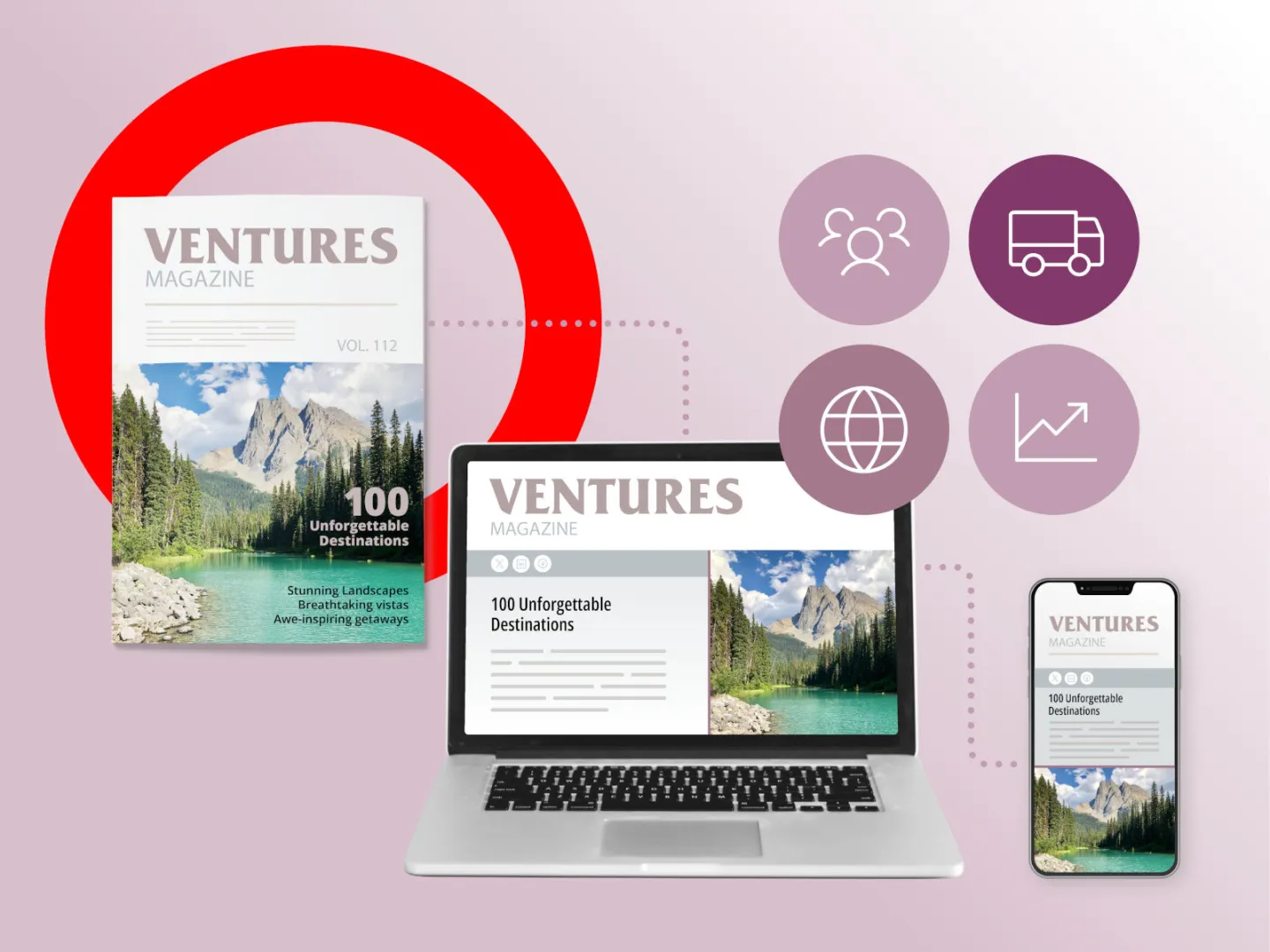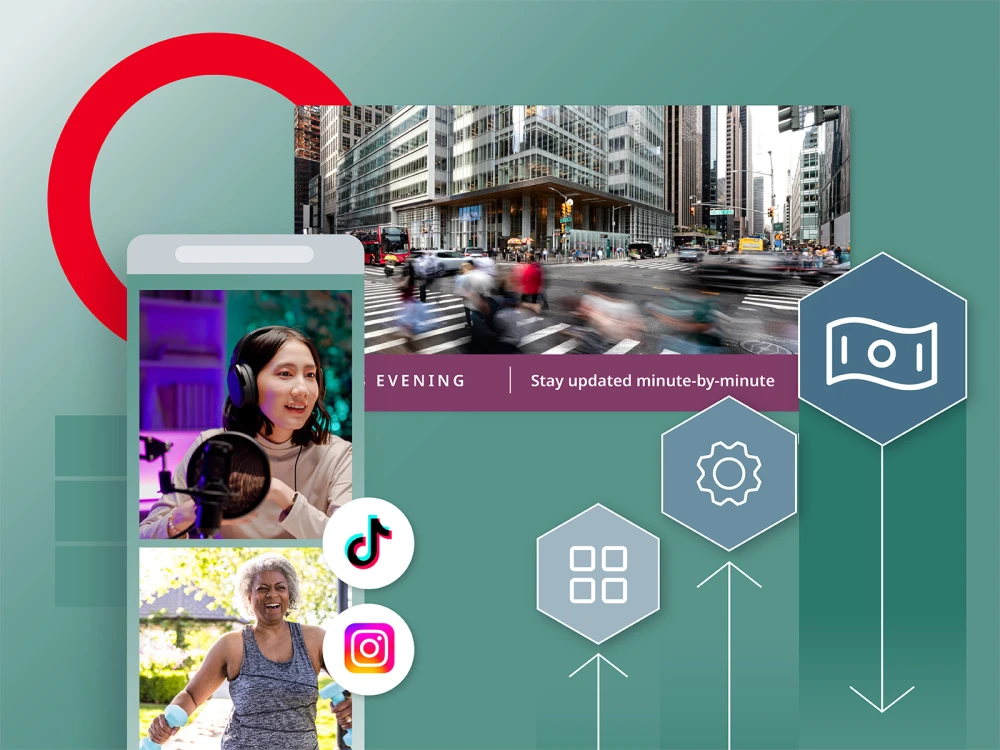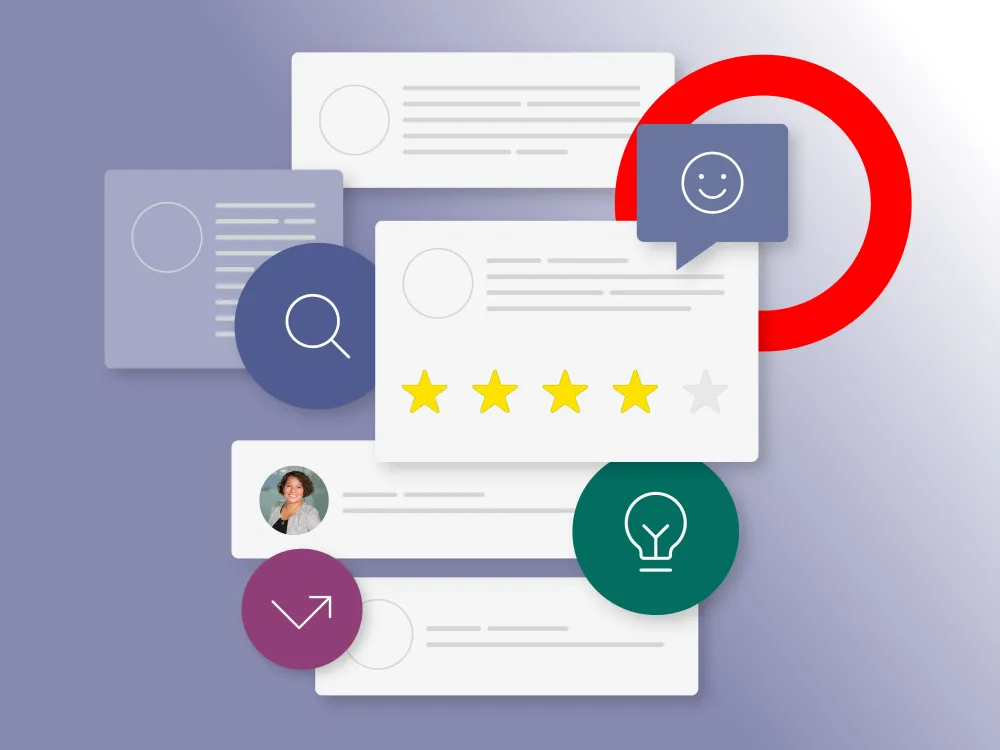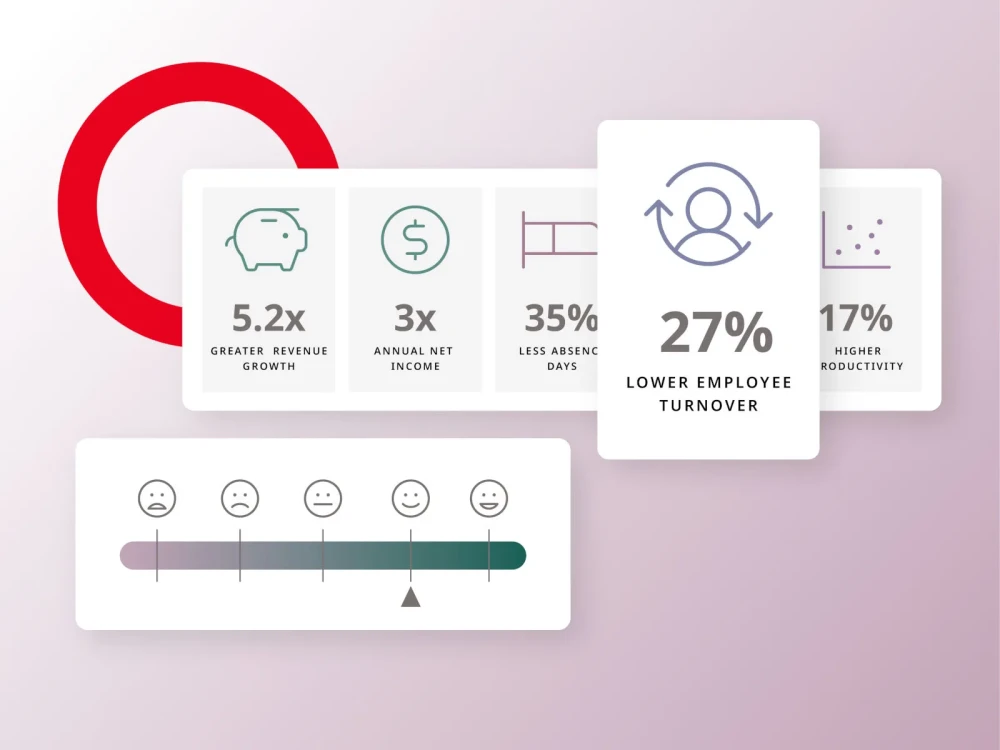Executives across the board agree: COVID-19 has accelerated digital transformation like never before. Ninety-seven percent say the pandemic sped up their digital transformation efforts, while 79% have increased budgets for digital transformation this year. It’s clear that shifting consumer needs and expectations as a result of COVID-19 have forced a change in the ways organizations and publishers reach their audiences—now, it’s time to talk about what’s next.
The immediate future looks like this: people consuming more content across more channels with higher digital expectations and increased digital fatigue. This is a tricky combination of factors that highlights the need to make things simpler and intuitive as more and more content shifts digitally. As such, at the center of digital transformation is a future-ready content business that supports organizations and publishers with managing their brand narrative in one unified digital ecosystem. This is where a content management system comes in.
Organizations and publishers face common obstacles in digitally transforming their content businesses. First thing’s first, knowing where to start can be overwhelming—ripping and replacing current systems, technology solutions and processes in place that have existed likely for many years is stressful. What’s more, having legacy systems and familiar ways of doing business already in place make it harder to convince organizations and publishers why change is necessary, and get everyone on board with transformation.
Still, with more executives investing in and championing digital transformation efforts—and more consumers prioritizing those businesses who can deliver on the digital promise—organizations and publishers who adapt fast will be the ones to come out on top. Let’s look at five ways businesses can accelerate their digital transformation, and find success in the long term.
Digital transformation tip #1. Start with what you’ve got
To digitally transform is not to rip and replace all current systems and processes that, in the case of many long-standing businesses, have been created over years and years of work. The first step in accelerating digital transformation is starting with what you have. Aside from making the process smoother, this also makes digital transformation less overwhelming, which is oftentimes a barrier for why businesses don’t start in the first place.
A CMS that supports migration and integration-ready capabilities will help give businesses a starting point by allowing organizations and publishers to:
- Work with any third-party system on the back end for deep integrations with their data and publishing experiences.
- Extend and enhance relevant important enterprise information and systems.
- Utilize GraphQL APIs for content management and delivery to other external systems, including third-party syndication.
- Work with new and emerging technologies in machine learning and artificial intelligence that streamline content creation.
- Avoid manual cleanup through bulk editing and custom work streams after migrating content.
Digital transformation tip #2. Put a content hub at the center
In line with an integration- and migration-friendly CMS is one that acts as a content hub for all of a business’s information, data and systems. Oftentimes, businesses find themselves stuck on their digital transformation journey with multiple disparate systems, channels and processes already at work. A content hub unites existing and new solutions in one place, considering the business as a whole while freeing organizations and publishers of headaches and inefficient transformation processes.
Digital transformation tip #3. Build for your own business logic
You’ve migrated or integrated all of your existing systems to get started on your digital transformation journey. Now, teams need to ensure they can build their own business logic and workflows into this system in order to sustain long-term transformation and growth.
The ability to publish how you want with flexible workflows means you can produce content specifically through your unique publishing process and use what works best for different teams’ needs. This flexibility and freedom to iterate as business needs change is key to successful digital transformation.
Digital transformation tip #4. Minimize reliance on IT
Digital transformation is of course an organization-wide effort, where digital and technical teams both play a role. For the long haul, however, digitally transforming your content business should allow organizations and publishers to lessen their dependence on IT and developer resources, and take ownership of the content process.
Pre-built components and out-of-the-box integrations allow businesses to get off the ground quickly by streamlining the creation, organization and publication of content. These solutions also help to reduce reliance on IT teams by empowering editorial and digital leads to easily take control of the publishing process from start to finish. Overall, this means greater speed to keep up with today’s demands for “always-on” digital content.
Digital transformation tip #5. Choose adaptable solutions that will change alongside your business
Digital transformation is not a one and done process. Continuous transformation is necessary to keep pace with changing times—but, you don’t want to have to reinvent the wheel every time trends change or new channels emerge through which consumers are engaging.
With a decoupled or headless CMS approach, organizations and publishers can have the flexibility to deliver content wherever consumers now and into the future are engaging with it, and change course at any time. Headless is often considered the most flexible and developer-friendly CMS option since it allows developers to use a combination of their favorite tools and frameworks to determine where and how content appears. It also gives organizations and publishers the ability to mix and match front-end content offerings, meaning they can deliver the best user experience across every device, channel and touchpoint. With decoupled or headless—or a combination of both—digital teams can accommodate changing business requirements more easily.
How Brightspot can help accelerate your digital transformation
Brightspot’s CMS was built to support organizations and publishers through their entire transformation journey—and beyond. For companies that are looking to transform fast, Brightspot’s business-ready CMS allows companies—regardless of size or technical expertise—to launch their own fully functional digital experiences in record time, with no limits to future enhancements or integrations.
- A comprehensive set of writing and communication tools, including rich-text editing with track changes and inline commenting, plus image editing, galleries, videos, pull quotes and more, all in an intuitive, publisher-informed user interface. Pre-packaged components—from advertising and analytics tools to faceted, federated search and robust permissions—help organizations and publishers launch content quickly and focus their attention on solving their unique business problems.
- Adaptable and extendable pre-built components and out-of-the-box integrations allow businesses to get off the ground quickly with efficiently creating, managing and publishing content. These solutions also help to reduce reliance on IT teams by empowering editorial and digital leads to easily take control of the publishing process from start to finish.
- Brightspot’s unique data framework approach tees users up for rapid iteration with OOTB components and content models that are relevant to more than 25 use cases, so users can quickly transform and adopt new components for their program.






